#Christmas With @k1mberly0 And #matthewopdyke #strongfemalelead #strongmalerolemodel #physiology #neuroscience

#Christmas with @k1mberly0 and #matthewopdyke #strongfemalelead #strongmalerolemodel #physiology #neuroscience #physics #theoreticalphysics #biotechnology #nanotechnology #longevity #CRISPR #politicalsciencefiction #furtherthanbefore #authorsofinstagram #scifi #sciencefictionnovels https://www.amazon.com/author/matthewopdyke https://www.instagram.com/p/BqnJwmYgEIL/?utm_source=ig_tumblr_share&igshid=1sphrn7bybdvh
More Posts from Matthewjopdyke and Others

https://www.amazon.com/author/matthewopdyke -- Link on Author Page, @matthewopdyke Now, together, Part 1, Vesha Celeste, and Part 2, Eliza Williams, have been paired together, and are available for those interested in the types of science, the directions of science, and the speculation that leads to well-being and quality of life, feel free to follow, message, and share ideas, and be a part of a positive future where, if we so choose, we can navigate the stars. This is just the beginning of this series and prequel, “Pathway to the Stars,” to a giant series, “Further than Before!” Please enjoy. https://www.amazon.com/author/matthewopdyke #sciencefiction #scifi #sciencefictionfantasy #scififantasy #politicalscifi #politicalsciencefiction #strongfemalelead #utopian #utopianscifi #technologyidealism #neuroscience #nanotech #nanotechnology #physics #theoreticalphysics #problemresolution #apoliticalscifi #biology #CRISPR #stemcellresearch #geneticmodification #spacemining #spaceforce #spacecraft #longevity #longevitysciences #longevityscifi #superheroes #healingnotharming #moonbase #techcities #advancedtechnology #neurologicaloptimizations #physiologicaloptimizations #neurology #physiology #humanitarianism #problemsolving #healthyenvironment #healthyemotionalenvironment #healthyphysicalenvironment #healthyearth #helpmothernature #givemothernaturearest #evolvingourselves #desiredresultsvsmixed #controlledchaos #balanceinlife #sportsindifferentgravityzones #advancedcivilization #evolutionofmind #evolutionofbody #preservetheearth #preservethesolarsystem #solarsystem #oortcloud #asteroids #asteroidmining #astrobiology #astrophysics #astronauts #bigdata #medicaladvancements #progeria #hutchisonguilfordprogeriasyndrome #cancercures #curesforcancer #diabetescures #curesfordiabetes #heartdisease #curesforheartdisease #lungdisease #curesforlungdisease #genetherapies #geneticdatastudies #genedata #databasemoons #seismicactivity #naturaldisasters #nonpredation #preservationoflife #cleanmeats #advancedarchitecture #biopods #virtualuniverse #smartsuits #holowardrobe #moonbase #planetaryshields #inhabitingtheuninhabitable #matthewopdyke #furtherthanbefore #pathwa https://www.instagram.com/p/BpUMW6ZgB1I/?utm_source=ig_tumblr_share&igshid=1m6wsy3eldq7e

Thank you for your endless curiosity Dr. Hawking.
Pretty nice representation of Earth on through to the observable universe

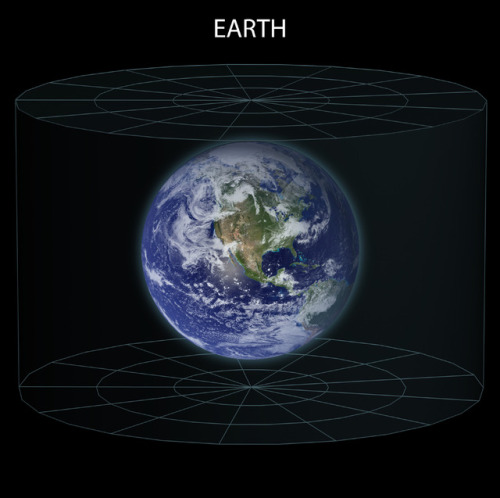
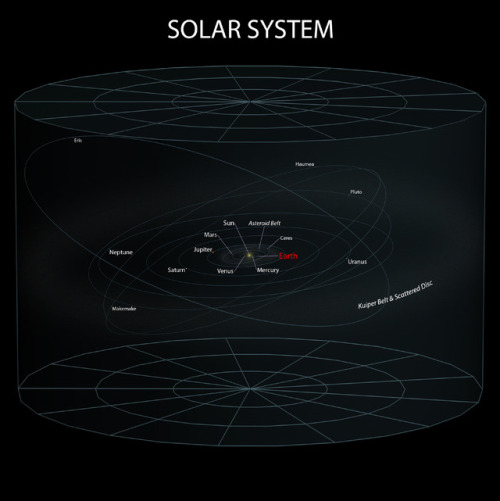
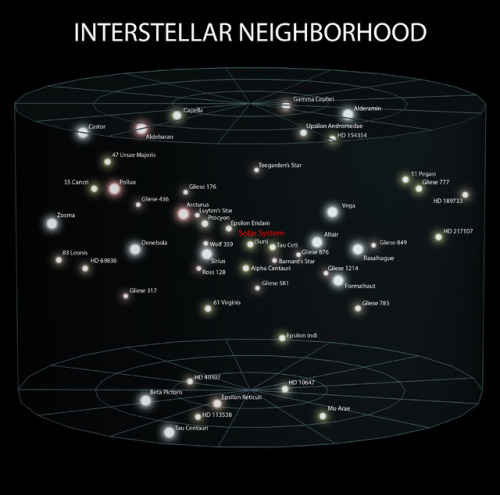
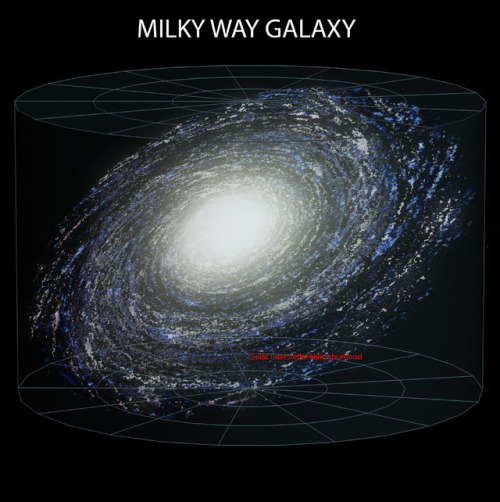
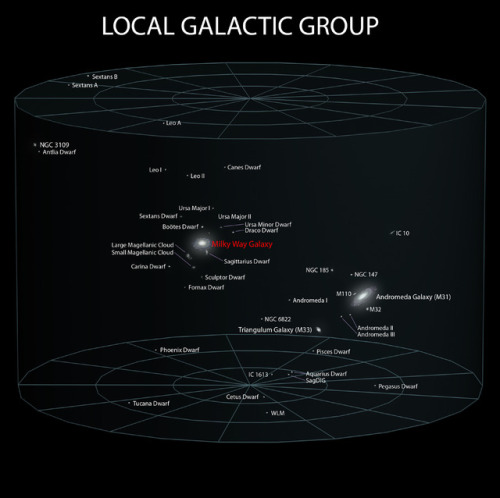
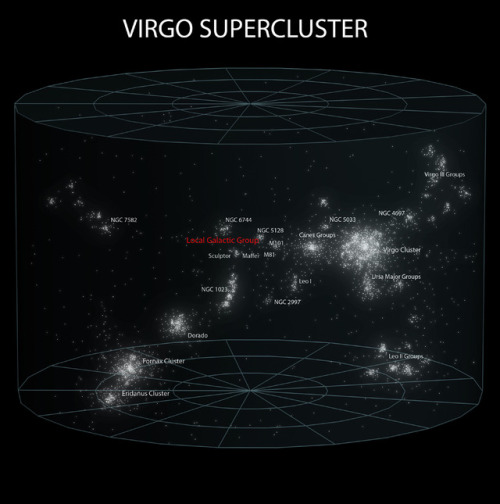
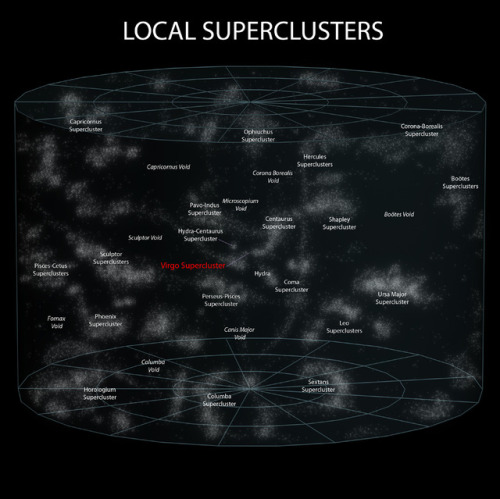
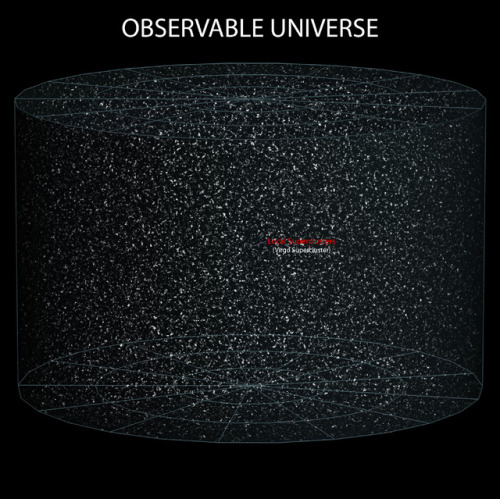
~ wikimedia commons

Merry Christmas! I spent time with my dear and sweet Kim. Let's go #furtherthanbefore with our #pathwaytothestars where get to explore solutions to worldwide issues, directing malcontent toward a refocus of their energies to #longevity and other sciences of #physics #biotechnology and #neuroscience through entertainment that takes us on a #scifi #fantasy journey with #strongfemaleleads #strongmalerolemodels and a beautiful #spaceopera with plenty of #politicalsciencefiction in the mix. (at Gene Leahy Mall) https://www.instagram.com/p/BrUvn5UgaEk/?utm_source=ig_tumblr_share&igshid=9frcxxv6n3t1

New Type Of Space Object Called “G Objects” Look Like Gas But Behave Like Stars! Found Near Our Supermassive Black Hole In The Milky Way.

Combined as one! Further than Before: Pathway to the Stars, Parts 1 & 2 in an 8.3 x 11.7 inch novel of 400K words that hit the intellect in the best and most sophisticated ways,... through #scifi #fantasy #mustread #physics #theoreticalphysics #spaceopera #strongfemalelead #strongmalerolemodel #physiology #neuroscience #nanotechnology #longevity #CRISPR and more! Enjoy! https://www.instagram.com/p/BsP4HEpn5eV/?utm_source=ig_tumblr_share&igshid=14zfkolya34p6
When Dead Stars Collide!
Gravity has been making waves - literally. Earlier this month, the Nobel Prize in Physics was awarded for the first direct detection of gravitational waves two years ago. But astronomers just announced another huge advance in the field of gravitational waves - for the first time, we’ve observed light and gravitational waves from the same source.

There was a pair of orbiting neutron stars in a galaxy (called NGC 4993). Neutron stars are the crushed leftover cores of massive stars (stars more than 8 times the mass of our sun) that long ago exploded as supernovas. There are many such pairs of binaries in this galaxy, and in all the galaxies we can see, but something special was about to happen to this particular pair.

Each time these neutron stars orbited, they would lose a teeny bit of gravitational energy to gravitational waves. Gravitational waves are disturbances in space-time - the very fabric of the universe - that travel at the speed of light. The waves are emitted by any mass that is changing speed or direction, like this pair of orbiting neutron stars. However, the gravitational waves are very faint unless the neutron stars are very close and orbiting around each other very fast.

As luck would have it, the teeny energy loss caused the two neutron stars to get a teeny bit closer to each other and orbit a teeny bit faster. After hundreds of millions of years, all those teeny bits added up, and the neutron stars were *very* close. So close that … BOOM! … they collided. And we witnessed it on Earth on August 17, 2017.

Credit: National Science Foundation/LIGO/Sonoma State University/A. Simonnet
A couple of very cool things happened in that collision - and we expect they happen in all such neutron star collisions. Just before the neutron stars collided, the gravitational waves were strong enough and at just the right frequency that the National Science Foundation (NSF)’s Laser Interferometer Gravitational-Wave Observatory (LIGO) and European Gravitational Observatory’s Virgo could detect them. Just after the collision, those waves quickly faded out because there are no longer two things orbiting around each other!
LIGO is a ground-based detector waiting for gravitational waves to pass through its facilities on Earth. When it is active, it can detect them from almost anywhere in space.

The other thing that happened was what we call a gamma-ray burst. When they get very close, the neutron stars break apart and create a spectacular, but short, explosion. For a couple of seconds, our Fermi Gamma-ray Telescope saw gamma-rays from that explosion. Fermi’s Gamma-ray Burst Monitor is one of our eyes on the sky, looking out for such bursts of gamma-rays that scientists want to catch as soon as they’re happening.
And those gamma-rays came just 1.7 seconds after the gravitational wave signal. The galaxy this occurred in is 130 million light-years away, so the light and gravitational waves were traveling for 130 million years before we detected them.

After that initial burst of gamma-rays, the debris from the explosion continued to glow, fading as it expanded outward. Our Swift, Hubble, Chandra and Spitzer telescopes, along with a number of ground-based observers, were poised to look at this afterglow from the explosion in ultraviolet, optical, X-ray and infrared light. Such coordination between satellites is something that we’ve been doing with our international partners for decades, so we catch events like this one as quickly as possible and in as many wavelengths as possible.

Astronomers have thought that neutron star mergers were the cause of one type of gamma-ray burst - a short gamma-ray burst, like the one they observed on August 17. It wasn’t until we could combine the data from our satellites with the information from LIGO/Virgo that we could confirm this directly.

This event begins a new chapter in astronomy. For centuries, light was the only way we could learn about our universe. Now, we’ve opened up a whole new window into the study of neutron stars and black holes. This means we can see things we could not detect before.

The first LIGO detection was of a pair of merging black holes. Mergers like that may be happening as often as once a month across the universe, but they do not produce much light because there’s little to nothing left around the black hole to emit light. In that case, gravitational waves were the only way to detect the merger.

Image Credit: LIGO/Caltech/MIT/Sonoma State (Aurore Simonnet)
The neutron star merger, though, has plenty of material to emit light. By combining different kinds of light with gravitational waves, we are learning how matter behaves in the most extreme environments. We are learning more about how the gravitational wave information fits with what we already know from light - and in the process we’re solving some long-standing mysteries!
Want to know more? Get more information HERE.
Make sure to follow us on Tumblr for your regular dose of space: http://nasa.tumblr.com
Promo video put together by my spouse. Thank you, Kimmy! @k1mberly0 #spaceopera #scifiauthor #booksofinstagram #furtherthanbefore #pathwaytothestars #politicalsciencefiction #longevity #CRISPR #physiology #neuroscience #biotechnology #physiology #physics #theoreticalphysics #biopods #spacecraft #architecture #preservationoflife #strongfemalelead #strongfemalerolemodel #strongmalerolemodel (at Papillion, Nebraska) https://www.instagram.com/p/BtmnWFLg52P/?utm_source=ig_tumblr_share&igshid=t7arij83thzf

Dive... (Trancend your limits!) https://youtu.be/05LG-Fnq6lI https://www.instagram.com/p/BsPgWaJnTQr/?utm_source=ig_tumblr_share&igshid=hp1xikiusa5z
Great post!










These Are The Top 10 Hubble Images Of 2018
“Year after year since its 1990 launch, Hubble keeps revolutionizing our view of the Universe. No other observatory continues to teach us so much. 28 years on, it’s still yielding uniquely spectacular scientific sights.”
There were a slew of scientific, astronomical breakthroughs made this past year, and Hubble was at the forefront of a great many of them. There was a tremendous dust storm enveloping Mars, and Hubble was there to capture it. Saturn’s rings are evaporating so quickly that they’ll be gone in 100 million years, and Hubble captured them. Ultraviolet light is created in great abundance in the nearby Universe from star-forming galaxies, and Hubble completed a survey of them. Ultra-distant galaxies form stars too, and Hubble was there to image them and measure how far it truly is to them. Galaxies speed through clusters; clusters contain stars ripped out of galaxies; nebulae race to form stars before the gas gets blown away by the existing ones. Through it all, Hubble was there.
What do the top 10 images of 2018 look like, and what do they teach us about the Universe? It’s a year-end list to remember, along with a feast for your eyes!
